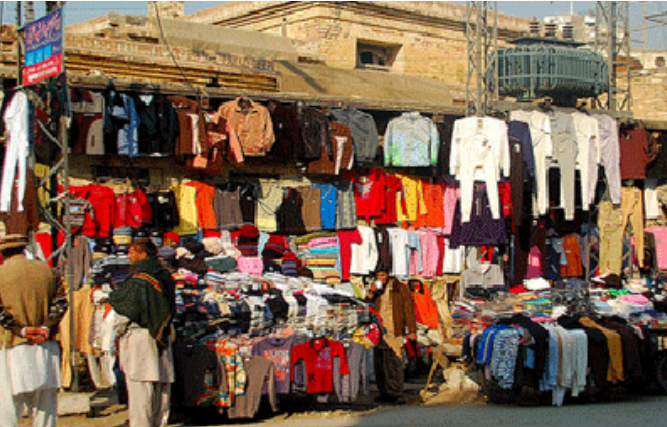PP
PP similar to polyethylene (HDPE, LLDPE) and polybutene (PB), is a polyolefin or saturated polymer. Polypropylene or PP is one of the most versatile polymers available and can be used both as a plastic and as a fiber in basically all of the plastics end-use markets.
PP offers excellent electrical and chemical resistance at higher temperatures and though the properties of PP are quite similar to Polyethylene, there are a few specific differences. Including a lower density, higher softening point, higher rigidity, and hardness. Additives can be applied to all commercially produced polypropylene resins to protect them during processing and to enhance end-user performance.
How PP differs from PE?
PE and PP have a lot of similarities but understanding their specific properties and benefits of each can help you pick the perfect material for your use.
Both PP and PE are highly malleable and have similar impact resistance, so strength does not have to be of any concern when these plastics are in use. Density is one of the main factors that differentiate PE from PP. Polypropylene or PP has emerged as a competitor to Polyethylene terephthalate (PET), especially in blow-molded bottle applications. Compared to PET, PP is:
- Less expensive,
- Lighter in weight,
- More resistant to the high temperatures
- Less permeable to moisture.
PP bottles can be hot-filled at temperatures up to 100°C vs PET which cannot withstand filling temperatures above 76°C. PP is less clear than PET. Also, gas barrier properties of PP are not as high as those of PET, and PP also falls below PET in stiffness. PP has about five times the moisture barrier properties when compared to PET but PP is more permeable than PET to gases such as oxygen and carbon dioxide
Not just this but the production cycles of PP bottles are longer than those of PET bottles. PP also has a narrower range of processing temperatures than PET. Zaraye provides polymer products at the best rate in Pakistan on one platform. To get the best quality polymer raw materials from all the leading brands at the best rates download the Zaraye app now or contact us to get a quote!















.png)

_1000.png)

